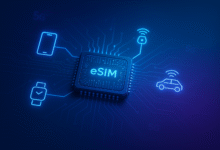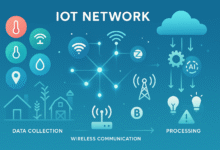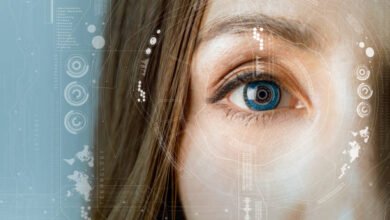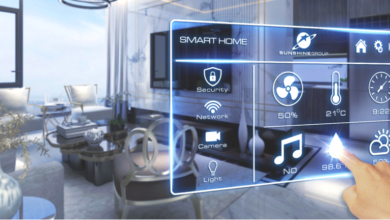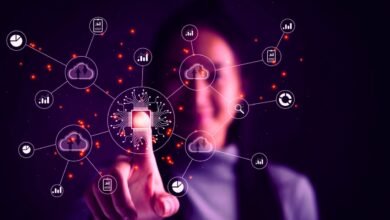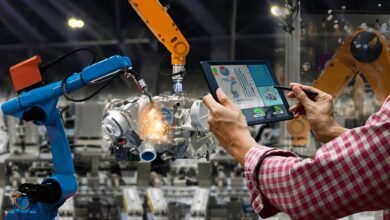IoT and Blockchain: The Future of Decentralized Smart Devices
This article explores how the convergence of IoT and blockchain is paving the way for a more secure, autonomous, and efficient digital ecosystem.
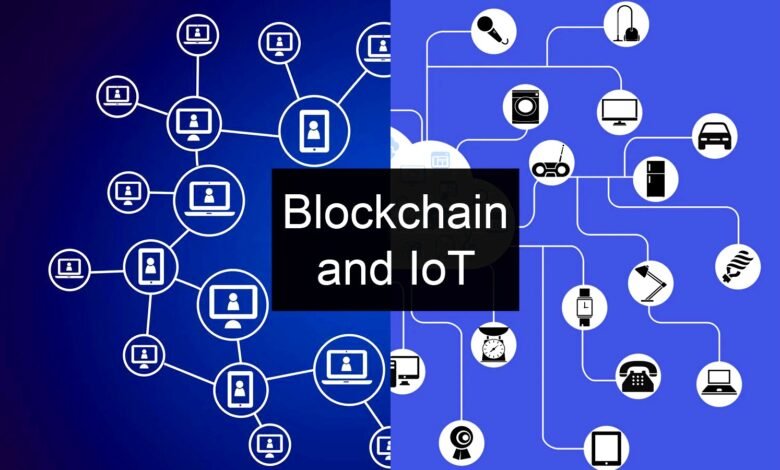
In the evolving landscape of modern technology, two groundbreaking innovations have emerged as pivotal players: the Internet of Things (IoT) and blockchain. Separately, they offer transformative potential. But together, they are reshaping the digital infrastructure, giving rise to a future driven by decentralized smart devices. This article explores how the convergence of IoT and blockchain is paving the way for a more secure, autonomous, and efficient digital ecosystem.
Understanding IoT and Blockchain
The Internet of Things (IoT) refers to a network of physical objects embedded with sensors, software, and connectivity capabilities that enable them to collect and exchange data. These devices range from everyday household items like thermostats and refrigerators to complex industrial machinery.
On the other hand, blockchain is a distributed ledger technology that allows for the secure, transparent, and tamper-proof recording of transactions across a network of computers. Its decentralized nature eliminates the need for intermediaries and provides a trustless environment where data integrity is ensured.
Combining these technologies creates a robust framework where smart devices can communicate, operate, and transact without relying on centralized authorities. This fusion is the foundation of decentralized IoT systems.
Challenges in Traditional IoT Architectures
Traditional IoT systems are heavily centralized. Data collected by devices is usually sent to a cloud server where it is processed and analyzed. While effective to some extent, this model has several drawbacks:
- Security vulnerabilities: Centralized systems are prime targets for cyberattacks. If a central server is compromised, the entire network becomes vulnerable.
- Scalability issues: As the number of devices grows, the centralized infrastructure struggles to handle the increased load.
- High costs: Managing and maintaining centralized servers can be expensive.
- Lack of transparency: Users often have limited visibility into how their data is used.
These limitations hinder the growth and effectiveness of IoT ecosystems. A decentralized approach, powered by blockchain, offers a viable solution.
How Blockchain Transforms IoT
Integrating blockchain technology into IoT systems addresses many of the challenges posed by centralization:
- Enhanced Security: Blockchain’s cryptographic algorithms ensure that data transactions are secure and immutable. Each transaction is recorded on a block and linked to the previous one, making it nearly impossible to alter past records.
- Decentralization: Eliminating central servers reduces single points of failure and enhances system robustness.
- Data Integrity and Transparency: All network participants have access to the same data, ensuring consistency and transparency.
- Automation with Smart Contracts: Blockchain enables the use of smart contracts—self-executing code that runs when certain conditions are met. This is particularly useful in automating device functions without human intervention.
With these benefits, the combination of IoT and blockchain is unlocking new possibilities for device autonomy and efficiency.
Real-World Applications of IoT and Blockchain
Numerous industries are already leveraging the synergy between IoT and blockchain to build smarter, more reliable systems:
1. Supply Chain Management
Combining IoT sensors and blockchain allows for end-to-end visibility in supply chains. Sensors can track the location, temperature, and condition of goods in transit. This data is recorded on a blockchain, providing a tamper-proof audit trail. This increases accountability, reduces fraud, and improves inventory management.
2. Healthcare
In healthcare, IoT devices monitor patients’ vital signs in real-time. Blockchain ensures the security and privacy of this sensitive data while allowing authorized personnel access when necessary. It also helps in maintaining accurate and immutable medical records.
3. Smart Cities
Cities are integrating IoT devices for traffic management, energy consumption, and public safety. Using blockchain, data from these devices can be securely shared across departments and with citizens, fostering greater transparency and efficiency.
4. Agriculture
Smart farming uses IoT sensors to monitor soil conditions, weather patterns, and crop health. Blockchain can store this data securely, enabling data-driven decisions and ensuring food traceability from farm to table.
5. Energy Management
Decentralized energy grids utilize IoT and blockchain to facilitate peer-to-peer energy trading. Smart meters track energy production and consumption, while blockchain ensures secure and transparent transactions.
Key Benefits of Decentralized Smart Devices
The convergence of IoT and blockchain introduces decentralized smart devices that offer several advantages over traditional models:
- Autonomy: Devices can make decisions and execute tasks without centralized control.
- Interoperability: Open standards and protocols enable different devices to work together seamlessly.
- Cost Efficiency: Reduced reliance on intermediaries lowers operational costs.
- Resilience: Decentralized networks are more resilient to failures and attacks.
- Data Sovereignty: Users have greater control over their personal data, fostering trust and ethical data practices.
Challenges and Considerations
Despite the promise of this integration, there are challenges that need to be addressed:
- Scalability of Blockchain: Current blockchain platforms struggle with transaction speed and scalability. Layer-2 solutions and sharding are being explored to mitigate this.
- Resource Constraints of IoT Devices: Many IoT devices have limited processing power and storage, making it difficult to run complex blockchain algorithms.
- Standardization: The lack of universal standards hinders interoperability between devices and platforms.
- Regulatory and Legal Issues: Data ownership, compliance, and liability in decentralized systems remain ambiguous in many jurisdictions.
Solving these challenges requires collaborative efforts from stakeholders across technology, business, and policy domains.
Emerging Trends and Future Outlook
The future of decentralized smart devices is being shaped by several emerging trends:
- Edge Computing: Moving data processing closer to the source (i.e., the edge) reduces latency and bandwidth usage, making decentralized IoT systems more efficient.
- AI Integration: Combining Artificial Intelligence (AI) with IoT and Blockchain enables smarter, context-aware decision-making by devices.
- Tokenization: Blockchain enables the tokenization of assets and services, allowing devices to earn or spend digital tokens for their services, paving the way for a machine-to-machine economy.
- Self-Sovereign Identity (SSI): Devices and users can have decentralized identities, improving authentication and access control without central authorities.
These trends highlight a paradigm shift toward fully autonomous and intelligent decentralized ecosystems.
Conclusion
The fusion of IoT and blockchain represents a transformative step in the evolution of technology. By addressing the limitations of centralized architectures, it enables the creation of secure, transparent, and autonomous smart device networks. While challenges remain, ongoing innovation and collaboration are driving progress toward a future where decentralized systems are the norm.
As industries continue to adopt these technologies, the vision of a decentralized, intelligent world is becoming a reality. The convergence of IoT and blockchain is not just an evolution—it’s a revolution that will define the next era of digital transformation.
